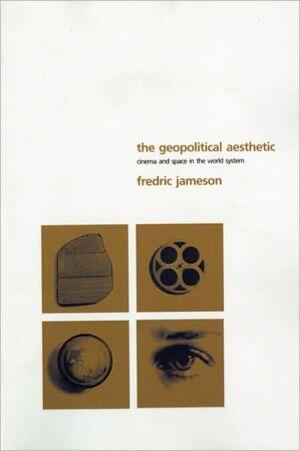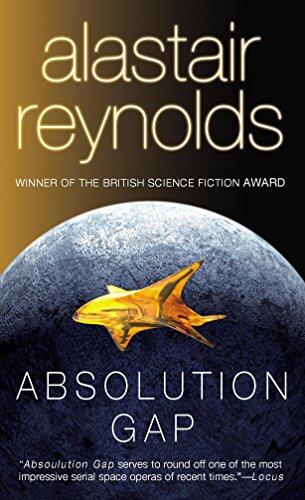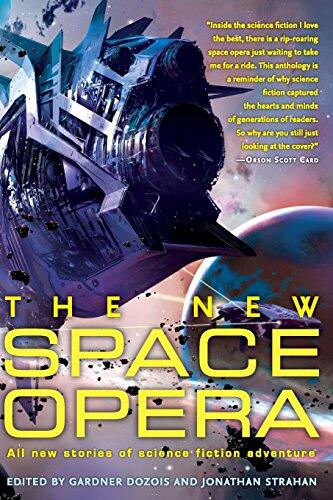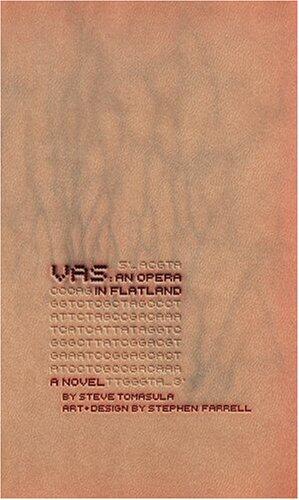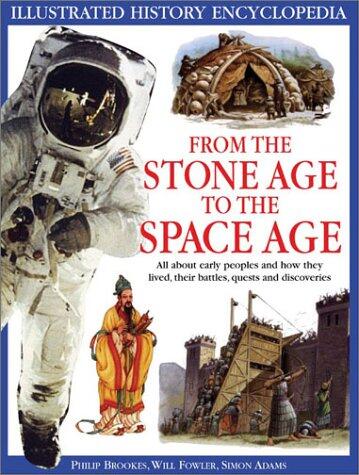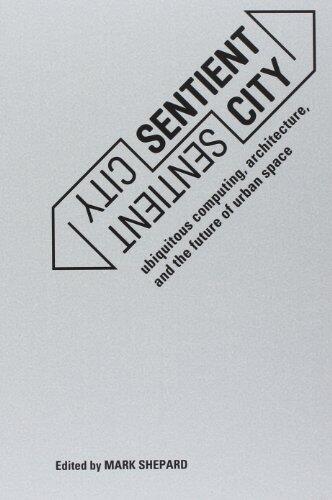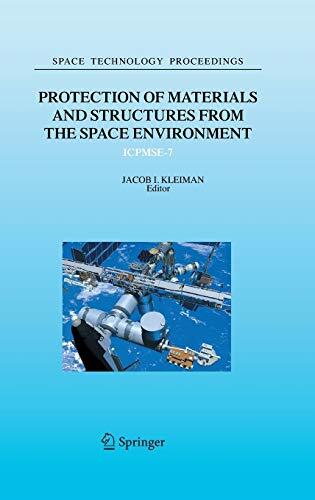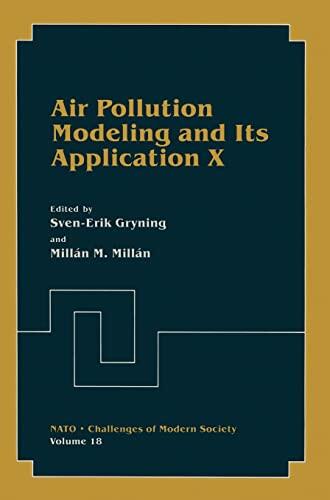
Air Pollution Modeling and Its Application X
아직 평점이 없습니다
Science & Technology
형식
하드커버
페이지
718
언어
영어
출판됨
Feb 28, 1995
출판사
Springer
판
1
ISBN-10
0306448882
ISBN-13
9780306448881
설명
The publication, a collaborative effort by experts from the North Atlantic Treaty Organization, delves into the intricate realm of air pollution modeling and its far-reaching implications. With contributions from Sven-erik Gryning and Millán M. Millán, it serves as a scholarly resource highlighting the techniques and methodologies applied in understanding and mitigating air pollution issues.
Throughout the work, readers encounter a thorough exploration of environmental challenges facing modern society, emphasizing the urgency for comprehensive strategies informed by scientific research. The volume compiles insights from the 20th International Technical Meeting, featuring a collection of discussions among leading researchers, policymakers, and practitioners in the field.
The book not only presents theoretical frameworks but also offers practical applications that can be utilized in various contexts, making it a valuable asset for those engaged in environmental science, urban planning, and public health. Its rigorous analysis encourages a proactive approach to managing air quality, fostering a deeper appreciation of the interconnectedness of ecological systems.
In essence, the publication stands as a testament to the collaborative spirit of addressing pressing global issues while inviting its audience to reflect on the importance of maintaining environmental integrity. The insights shared within its pages hold significant relevance for ongoing discourse on sustainable practices and the health of future generations.
Throughout the work, readers encounter a thorough exploration of environmental challenges facing modern society, emphasizing the urgency for comprehensive strategies informed by scientific research. The volume compiles insights from the 20th International Technical Meeting, featuring a collection of discussions among leading researchers, policymakers, and practitioners in the field.
The book not only presents theoretical frameworks but also offers practical applications that can be utilized in various contexts, making it a valuable asset for those engaged in environmental science, urban planning, and public health. Its rigorous analysis encourages a proactive approach to managing air quality, fostering a deeper appreciation of the interconnectedness of ecological systems.
In essence, the publication stands as a testament to the collaborative spirit of addressing pressing global issues while inviting its audience to reflect on the importance of maintaining environmental integrity. The insights shared within its pages hold significant relevance for ongoing discourse on sustainable practices and the health of future generations.






